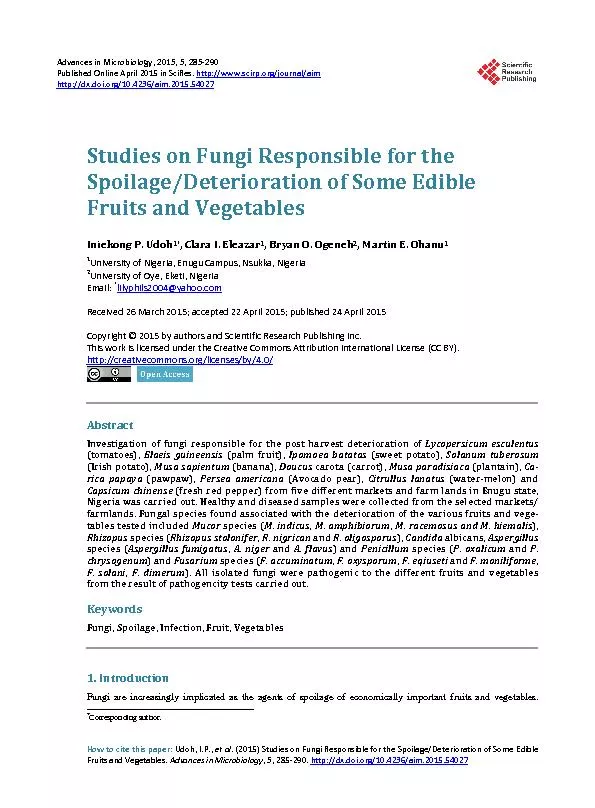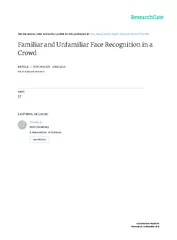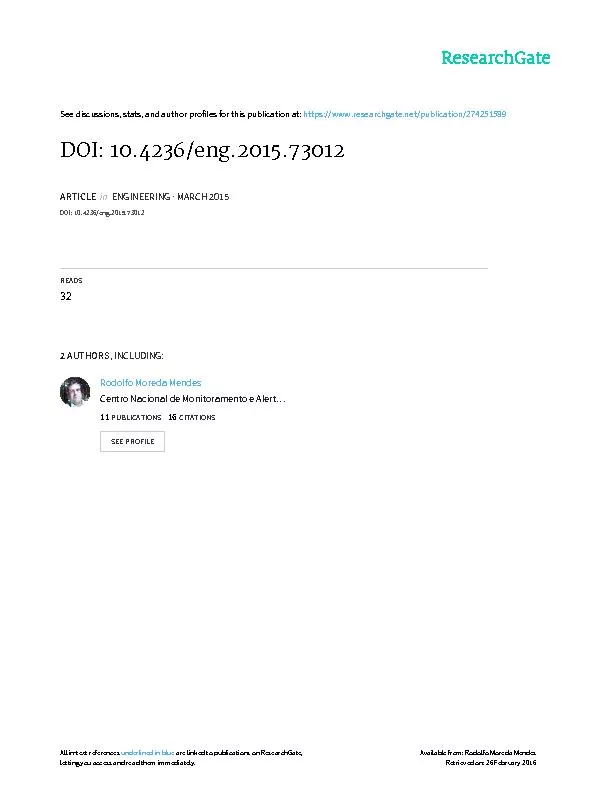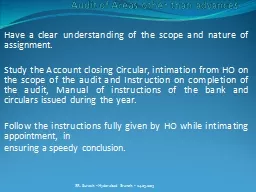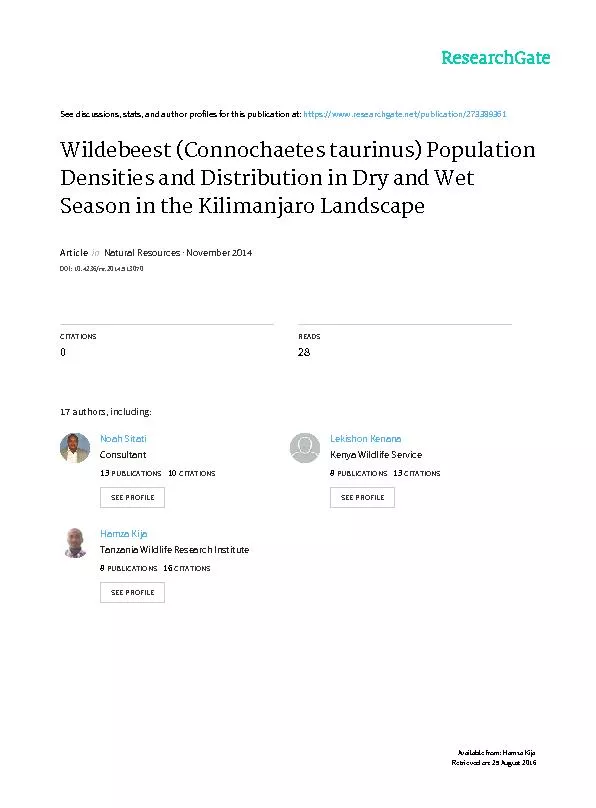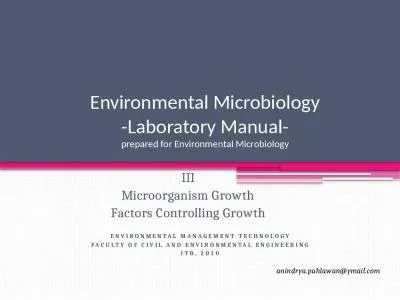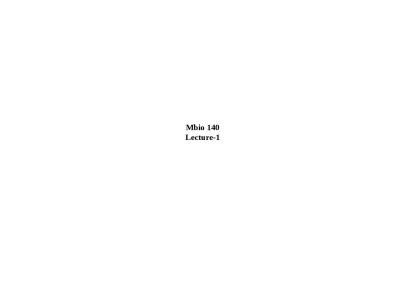PDF-Advances in Microbiology, Published Online Apriles. http://www.scirp.o
Author : faustina-dinatale | Published Date : 2016-08-06
httpdxdoiorg104236aim201554027 ow to cite this paperUdohet al201Studies on Fungi Responsible for the SpoilageDeterioration of Some Edible Fruits and Vegetables Studies
Presentation Embed Code
Download Presentation
Download Presentation The PPT/PDF document "Advances in Microbiology, Published Onli..." is the property of its rightful owner. Permission is granted to download and print the materials on this website for personal, non-commercial use only, and to display it on your personal computer provided you do not modify the materials and that you retain all copyright notices contained in the materials. By downloading content from our website, you accept the terms of this agreement.
Advances in Microbiology, Published Online Apriles. http://www.scirp.o: Transcript
Download Rules Of Document
"Advances in Microbiology, Published Online Apriles. http://www.scirp.o"The content belongs to its owner. You may download and print it for personal use, without modification, and keep all copyright notices. By downloading, you agree to these terms.
Related Documents

